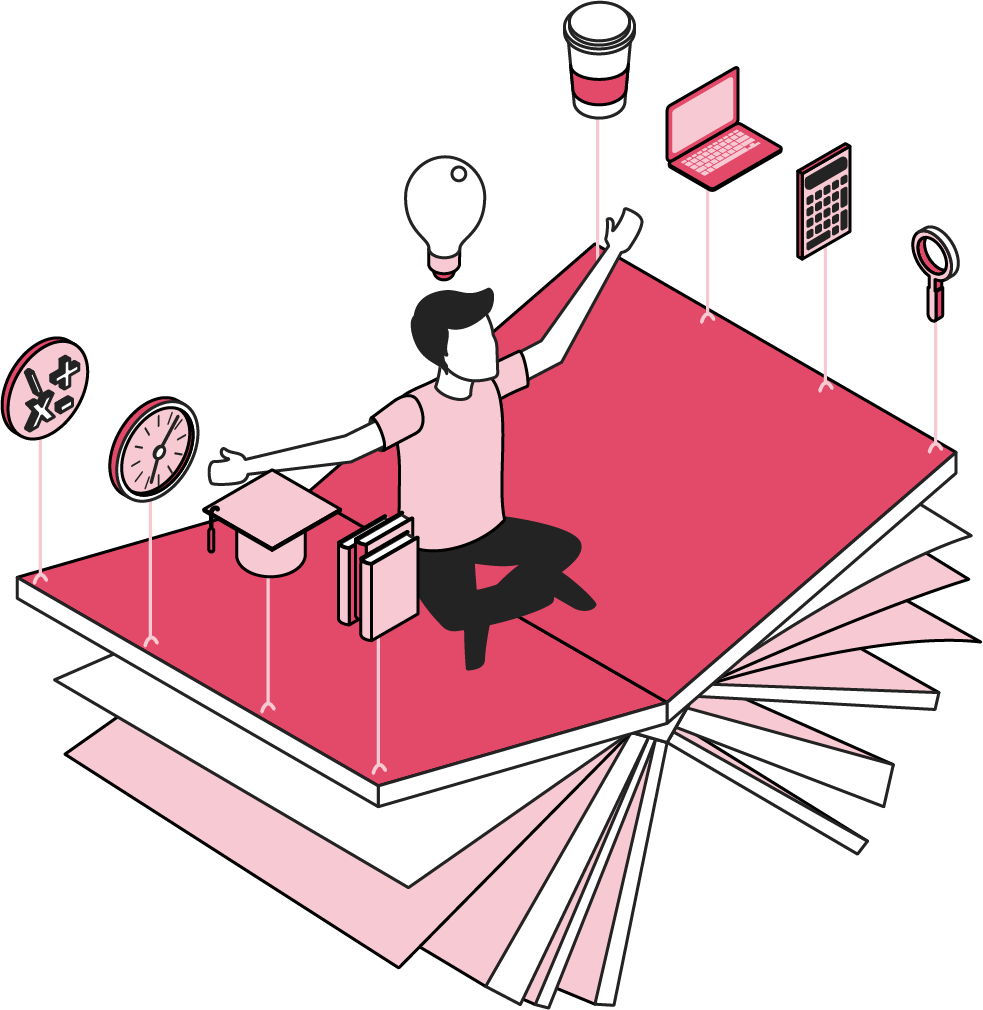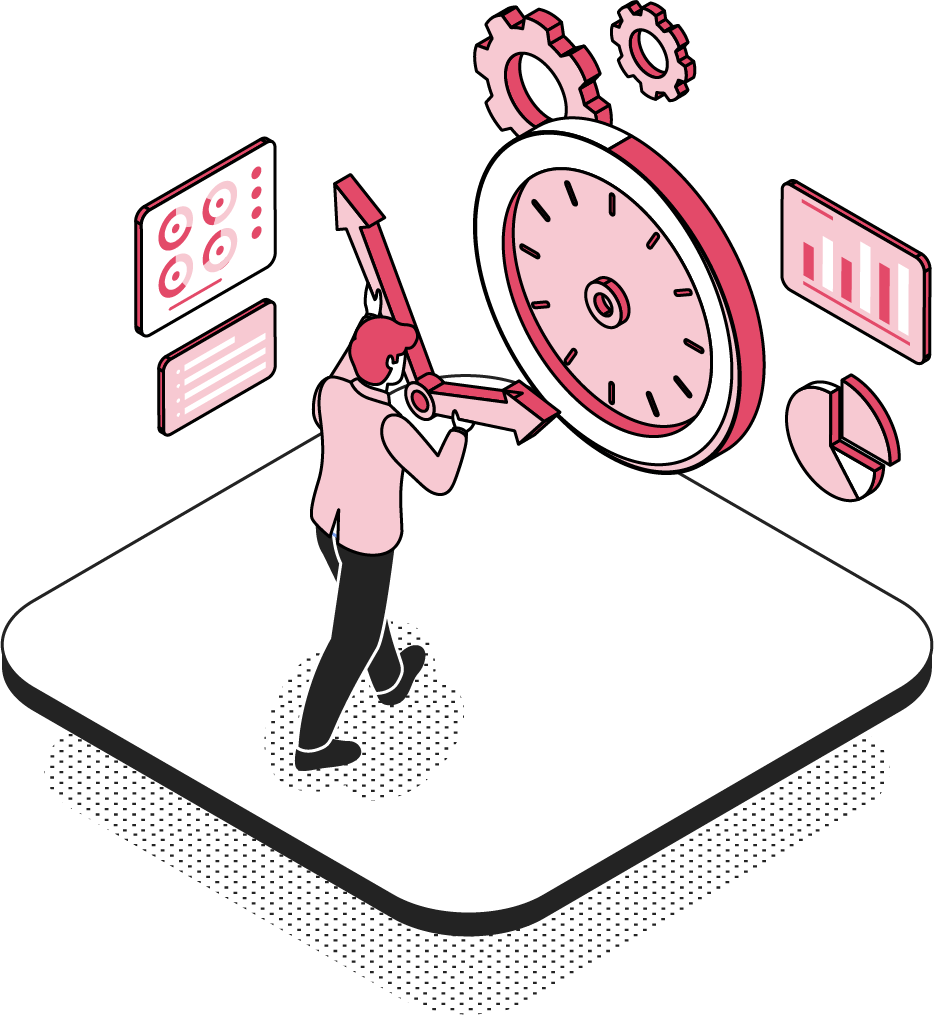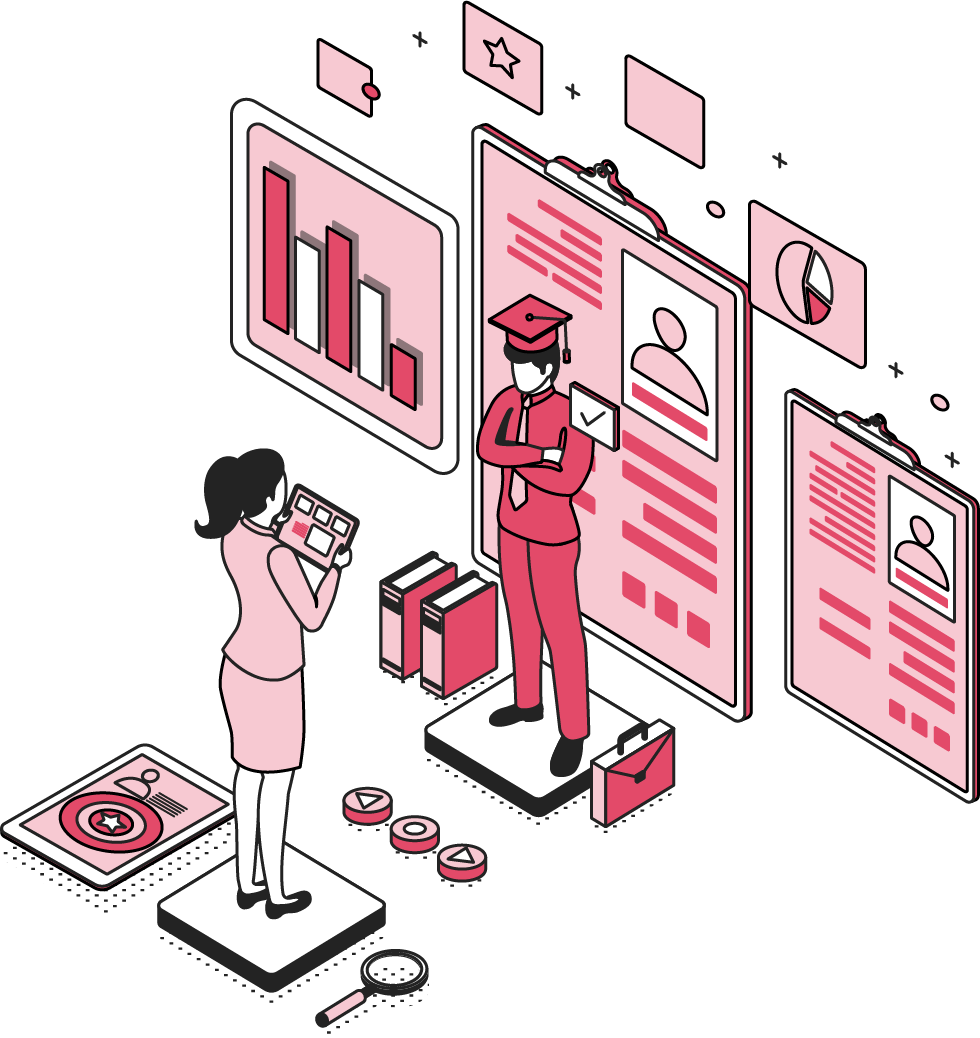Back
Designing the Legal Operating Model Around the Talent You Actually Have
Why most in-house legal models fail long before workload, budget, or technology
3 min • 23 Dec 25

Introduction: The Most Uncomfortable Design Constraint
When in-house legal leaders talk about operating models, they usually start with structure:
◼️Centralised or embedded
◼️Hybrid or regional
◼️Intake models and governance
◼️Technology and process
What they rarely start with is the hardest variable of all:
The actual lawyers they have.
Not the lawyers they wish they had.
Not the lawyers the business assumes they have.
Not the lawyers their prior employer employed.
But the real, human capability sitting in seats today.
This is where most legal operating models quietly fail.
Because operating models are unforgiving.
They amplify strengths - and they punish mismatches.
The Core Mistake: Designing for an Imaginary Team
Many legal leaders design models based on aspiration:
◼️“We want legal to be more commercial.”
◼️“We want lawyers closer to the business.”
◼️“We want strategic partners, not order-takers.”
So they choose models that require:
◼️Commercial courage
◼️Judgment under pressure
◼️Comfort with ambiguity
◼️Authority without hierarchy
But the team they actually have is often:
◼️Technically strong
◼️Risk-averse
◼️Specialist-heavy
◼️Accustomed to escalation and cover
The result is not transformation.
It is stress, burnout, and quiet underperformance.
Why Operating Models Expose Talent Reality
Operating models don’t create behaviour.
They reveal it.
Centralised Models Expose Commercial Frustration
Centralised models require:
◼️Strong triage discipline
◼️Comfort saying “no”
◼️Ability to prioritise ruthlessly
They punish:
◼️Lawyers who crave deal-making
◼️Lawyers who want business proximity
◼️Lawyers who thrive on nuance
Put commercial athletes into rigid centralisation and they disengage.
Embedded Models Expose Risk Aversion
Embedded models require:
◼️Independent judgment
◼️Comfort with conflict
◼️Willingness to be unpopular
They punish:
◼️Timid lawyers
◼️Escalation-dependent specialists
◼️Lawyers who need cover
Embed the wrong lawyers and risk migrates silently.
Hybrid Models Expose Leadership and Maturity
Hybrid models require:
◼️Self-directed lawyers
◼️Comfort switching lenses
◼️Respect for enterprise standards
They punish:
◼️Lawyers who game ambiguity
◼️Leaders who avoid confrontation
◼️Teams without shared norms
Hybrid doesn’t forgive talent gaps.
It weaponises them.
The Three Talent Archetypes Every GC Actually Has
Most in-house teams are a mix of three archetypes.
Understanding them matters more than headcount.
1. The Technician
Strengths:
◼️Deep subject-matter expertise
◼️Precision and caution
◼️Reliability
Failure mode:
◼️Slow decision-making
◼️Escalation reflex
◼️Discomfort with commercial trade-offs
Best fit:
◼️Centralised specialist roles
◼️Clear playbooks and escalation paths
2. The Commercial Operator
Strengths:
◼️Business fluency
◼️Speed and pragmatism
◼️Credibility with stakeholders
Failure mode:
◼️Risk tolerance drift
◼️Under-documentation
◼️Overconfidence
Best fit:
◼️Embedded or hybrid execution roles
◼️Clear guardrails and oversight
3. The Leader-Integrator
Strengths:
◼️Judgment
◼️Authority
◼️System thinking
Failure mode:
◼️Overextension
◼️Becoming a bottleneck
Best fit:
◼️Central governance
◼️Hybrid orchestration
◼️Escalation ownership
Most teams underinvest in this archetype.
The Mismatch Tax: What Poor Alignment Actually Costs
Designing around the wrong talent profile creates hidden costs.
1. Burnout Disguised as Workload
Lawyers burn out not because of volume — but because they are operating out of role.
2. Shadow Legal Emergence
When embedded lawyers hesitate, the business fills the gap.
Shadow legal is often a talent mismatch signal.
3. Credibility Loss
Inconsistent advice and risk drift erode trust.
Not because lawyers are bad — but because the model is misaligned.
Why “Upskilling” Is Not a Design Solution
When talent mismatch appears, leaders often respond with training.
Training helps.
But it does not:
◼️Change personality
◼️Create courage
◼️Manufacture judgment under pressure
Operating models require fit, not just skills.
Design must respect that.
How to Design Honestly Around Talent
This is where mature legal leadership shows.
1. Map Talent Before Models
Know:
◼️Who can operate independently
◼️Who needs structure
◼️Who can carry authority
Design flows from that reality.
2. Match Roles, Not Titles
A “Senior Counsel” title does not guarantee embedded readiness.
Design for behaviour, not hierarchy.
3. Accept Trade-Offs Explicitly
You cannot optimise:
◼️Speed
◼️Independence
◼️Consistency
with the same people, in the same roles, at the same time.
Choose deliberately.
4. Evolve the Model as Talent Evolves
Operating models should change as teams mature.
Locking a model in place assumes talent stasis.
That is rarely true.
The Hard Truth
There is nothing wrong with having:
◼️A cautious team
◼️A specialist-heavy team
◼️A developing team
What fails organisations is pretending otherwise.
Operating models don’t forgive dishonesty.
They expose it.
Final Thoughts: Design Is an Act of Respect
Designing around the talent you actually have is not settling.
It is leadership.
It respects:
◼️Human limits
◼️Organisational reality
◼️Risk discipline
You can build the team you want over time.
But until then, your operating model must serve the team you have.

The GLS Legal Operations Centre
Register to access your complimentary Day 1 Resource Stack packed with legal team performance resources.

GLS Ultimate Guide To Legal Operations
Download this and read it thoroughly and regularly. It is a wonderful transformation companion.

Book A No-Obligation Consultation
If you would like discuss your legal transformation needs, please book a 30 minute free consultation with us.

GLS Legal Transformation Boot Camp
Our hugely successful, 10-week long, email-based boot camp on how to effectively transform your legal team.



